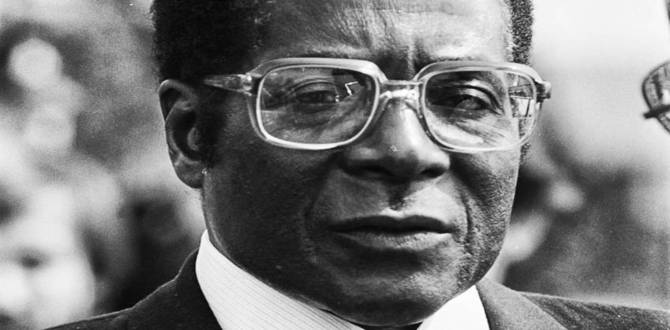Nick Branson says the editors of this volume Olawale Ismail and Elisabeth Sköns have assembled a wealth of data and analysis that could prove useful to researchers on Africa.
As Olawale Ismail and Elisabeth Sköns remark in their introduction, there is seemingly no shortage of motivation for external actors to intervene in African affairs. Twenty-five military deployments were made on the continent in 2014; yet insecurity, terrorism, smuggling and piracy persist, making this is a timely publication. The text examines seven major actors: the five permanent members of the Security Council (P5), the European Union (EU), and the United Nations (UN).
The authors take a systematic approach, presenting the drivers of policy, examining contemporary imperatives and chronicling security activities. These range from the highly visible (military bases, joint exercises, troop deployments, and peacekeeping operations) to the more covert (arms supplies, military training, defence treaties, and intelligence gathering). This method provides scope to compare the purported priorities with actual practices; it also helps to address a lack of empirical data on the subject. However, the sources referenced are largely government policy documents and ‘grey’ literature. Little attempt is made to engage with academic debates regarding the motivation of the external actors beyond a cursory reference to seminal texts by Clapham and Bayart.
The chapter on China focuses on rhetoric emanating from the Forum on China-Africa Cooperation (FOCAC), the country’s Africa Policy, and defence white papers, but does not consider Chinese motivations for largesse on the continent. British readers will struggle to find anything new in the chapter on the United Kingdom. This attempts to cover too much ground and falls back on generalisations.
More informative is Vincent Boulanin’s study of France, which draws on a range of primary and secondary sources and provides new insights into the nation’s economic and security concerns. In her study of the United States, Dr Sköns lucidly outlines how the spectre of international terrorism magnified the strategic importance of Africa, and resulted in the creation of American ‘lily pads’. As Russia does not have an official Africa policy, Paul Holtom’s contribution is primarily a reflection on continuity and change from the Soviet era. Nevertheless, he provides some intriguing revelations; Moscow views contributions to UN peacekeeping operations as a means to market Russian arms and air transport services.
These five states are ceding influence to international organisations, African initiatives, and the private sector. Hence, the two chapters on multilateral institutions are particularly valuable, especially for researchers interested in support for the African Union (AU). Mark Bromley succinctly explains the EU’s plethora of initiatives and structures, demonstrating its growing influence over the past fifteen years. Sharon Wiharta covers both the UN’s normative contribution to global peace and security, and recent interventions.
Ismail and Sköns identify the increasing ‘Africanisation’ of security, describing an emerging “implicit ‘division of labour’ on African security issues, in which African countries provide the personnel and take responsibility for the physical and political risks…while external actors contribute to the financial costs and lend diplomatic support at the UN.” This observation is apposite, but it also exposes what is arguably the major limitation of the book. African nations are not given the same treatment as outsiders, despite a rapid increase in defence expenditure on the continent.
Rather than consider the degree of alignment between the P5 and the African bloc at the UN, the authors might have devoted more attention to the extent to which external actors consider policy coherence with indigenous initiatives. Although the AU’s African Peace and Security Architecture (APSA) is studied, no mention is made of harmonisation with either national strategies or regional policies adopted by the EAC, SADC, ECOWAS, or IGAD. Similarly, the security activities of influential nations such as Turkey, Israel, Iran, South Korea and India fall outside the scope of this study. As do transnational corporations, which drive China’s interaction with Africa, and benefit from an activist US foreign policy. Criminal and terrorist networks are also excluded despite accounting for significant flows of armaments.
Despite their limited scope, the authors of this study have assembled a wealth of data and analysis. If able to access the findings, African researchers – better attuned to national and regional initiatives and more sensitive to the importance of non-state actors – will be able to build on their findings.
Security Activities of External Actors in Africa
Edited by Olawale Ismail and Elisabeth Sköns
Published by SIPRI Publications
ISBN 978-0-19-968642-1
Nick Branson is Senior Researcher at Africa Research Institute.
The views expressed in this post are those of the author and in no way reflect those of the Africa at LSE blog or the London School of Economics and Political Science.






